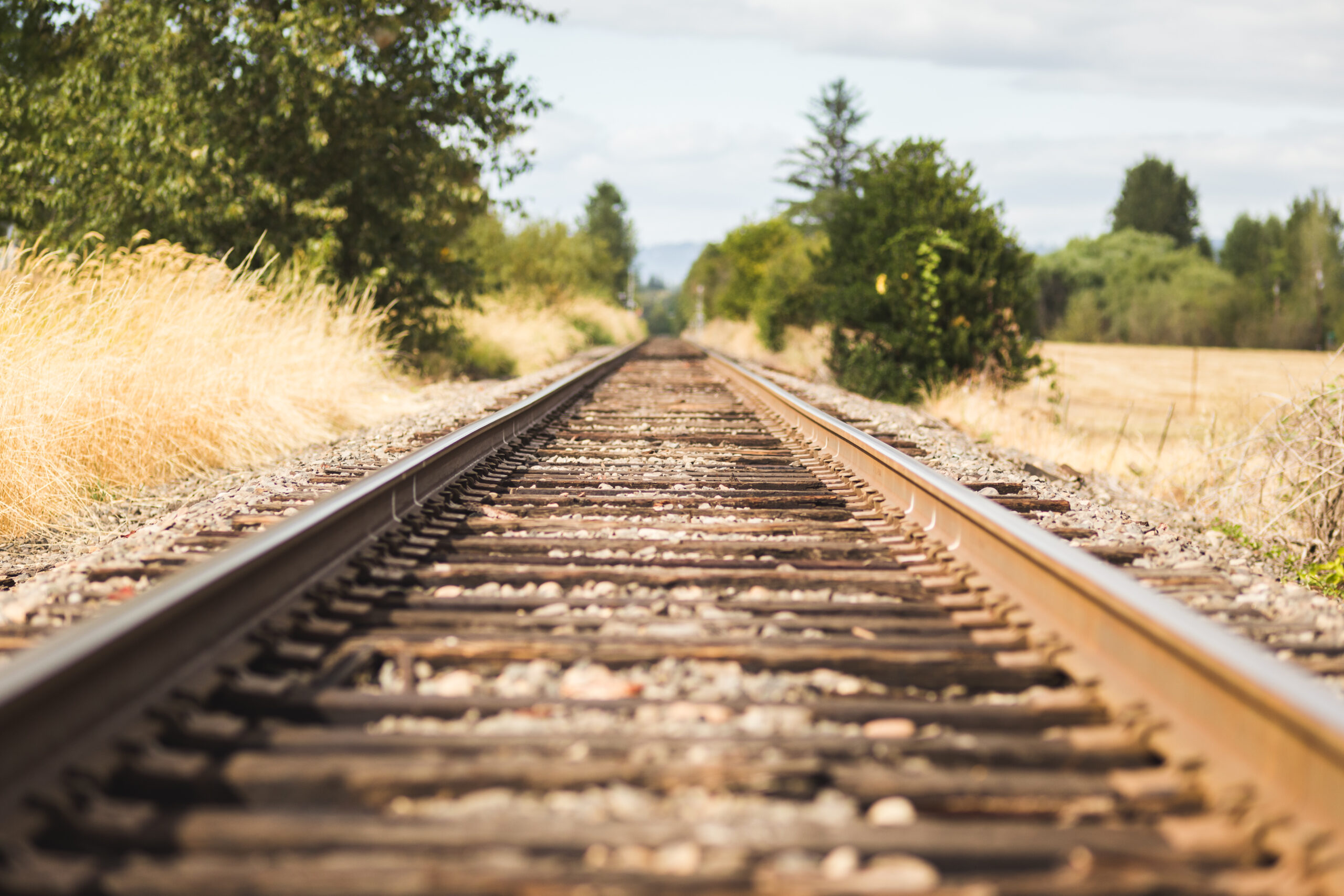Made in America: The History of American Railroads

Have you taken a moment to consider the significance of railways in our lives, transporting people and goods across the nation? Although trains might not be a daily sight for everyone, they play a vital role in shaping America and its identity. From the early days of discovery to high speed transit, the narrative of American railroads is marked by innovation, determination, and evolution. Early
Beginnings
The roots of American railroads can be traced back to the early 19th century, a time of industrialization and westward expansion. In 1828, the Baltimore and Ohio Railroad Company laid the first commercial track in the United States, marking the beginning of a transportation revolution. Initially designed to transport goods and raw materials, these early railroads soon expanded to accommodate passengers, connecting growing cities and fueling economic growth.
The Golden Spike
It’s May 10, 1869 at Promontory Summit, Utah and perhaps the most iconic moment in American railroad history – east meets west. The Union Pacific and Central Pacific railroads met, linking the east and west coasts of the United States with the driving of the ceremonial “golden spike.” This event represented a monumental achievement of engineering and ingenuity, shrinking the distances of the American continent and forever altering the course of our nation’s history.
The Age of Expansion
In the years following the completion of the transcontinental railroad, railroad construction boomed across the United States. Railroad companies raced to lay track across the plains, through mountain passes, and into remote territories, driven by the promise of land grants, government subsidies, and the prospect of tapping into new markets. Railroads became the lifeblood of American industry, transporting goods, people, and ideas with unprecedented speed and efficiency.
Building the Rails
Constructing railroads in America was not an easy task. It required extensive labor, funding and engineering expertise. Workers were faced with grueling conditions to lay track, blast tunnels, and bridge rivers. Entire towns sprang up along the rail lines, fueled by the influx of workers and the demand for goods and services.
Innovation and Progress
The history of American railroads is also a story of innovation and progress. Railroad barons such as Cornelius Vanderbilt, Jay Gould, and James J. Hill revolutionized the industry through consolidation, technological advancements, and strategic investments. From the development of the steel rail and the steam locomotive to the introduction of diesel-electric engines and high-speed rail, American railroads continually evolved to meet the demands of a changing world. The last few decades
1940’s – 1970’s
Railroads modernized their maintenance and construction practices with attachments such as grapples and electromagnets including battery magnets. These attachments are valuable tools for efficiently lifting and moving heavy steel plates, spikes, rails, and other materials. The electromagnets, powered by electricity, could be attached to cranes or other machinery, allowing railroad workers to easily manipulate and transport materials along the tracks and within rail yards. This innovation significantly streamlined railroad maintenance and construction processes, contributing to increased productivity and safety in the industry.
1970s-1980s
The 1970s and 1980s were a challenging period for the railroad industry. Facing competition from other modes of transportation such as cars and airplanes, passenger numbers, decreased and government regulations increased. In response, the government passed the Railroad Revitalization and Regulatory Reform Act of 1976, which aimed to stabilize the industry by providing financial assistance and deregulating certain aspects of rail operations.
1990s-2000s
The 1990s and 2000s saw a revival of the railroad industry. Increased demand for freight transportation, fueled by globalization and e-commerce, led to a revitalization of the freight rail sector and railroad construction. Railroad companies invested heavily in infrastructure upgrades, technology, and efficiency improvements, resulting in a more reliable and competitive rail network. Additionally, the privatization of passenger rail services, brought about improvements in service quality and operations.
2010s-2020s
In the 2010s and early 2020s, American railroads continued to evolve in response to changing market dynamics and emerging trends. Technological advancements, such as Positive Train Control (PTC) systems and precision scheduled railroading (PSR) techniques, helped improve safety, efficiency, and capacity on rail networks.
Environmental concerns and sustainability initiatives also drove investments in cleaner, more fuel-efficient locomotives and alternative fuels. The growth of intermodal transportation, where goods are transported using multiple modes (e.g., rail and truck), became increasingly important in meeting the demands of modern supply chains. High-speed rail projects, although slower to develop compared to other countries, gained traction as a means of reducing congestion, cutting emissions, and improving passenger connectivity in select regions.
Conclusion
From humble beginnings to the present day, the history of American railroads is a testament to the power of human ingenuity and determination. What began as a means of connecting distant cities and territories has evolved into a vital artery of commerce, culture, and connectivity.
As America continues to look toward the future, the iron threads of its railroads play a critical role in shaping the nation’s destiny.
Do you want to learn about the future of railroads? Check out this article about the future of rail.

